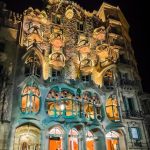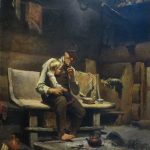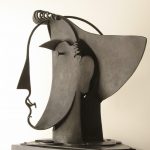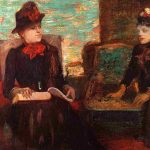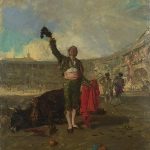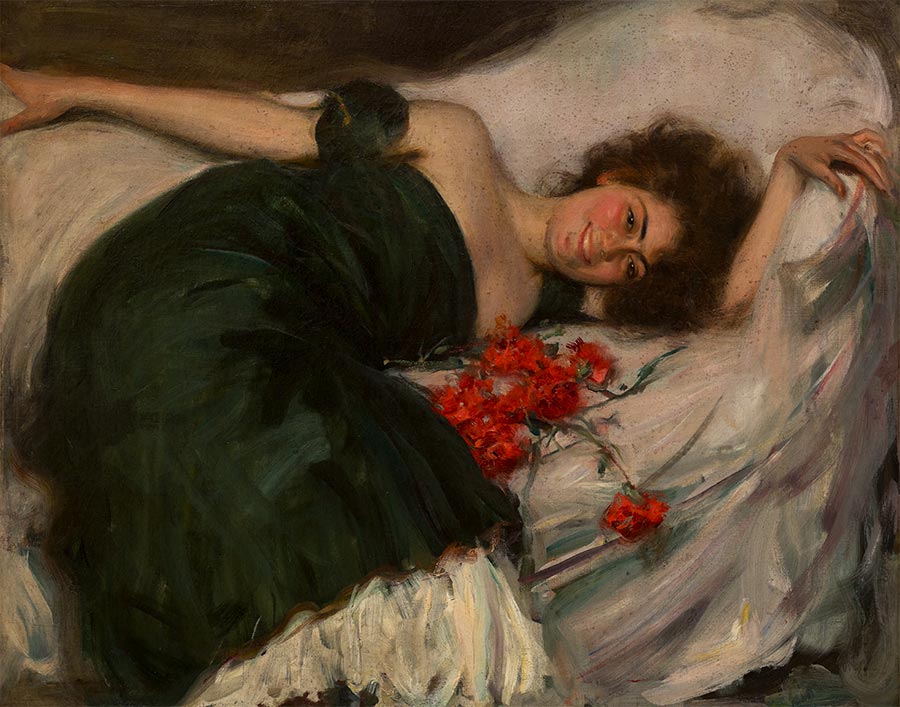
Ramon Casas i Carbó (1866–1932) was a prominent Catalan painter and illustrator from Spain, associated with the Modernisme movement, which was the Catalan equivalent of the broader European Art Nouveau movement. He was born on January 4, 1866, in Barcelona, Catalonia, and became a leading figure in the cultural and artistic scene of his time.
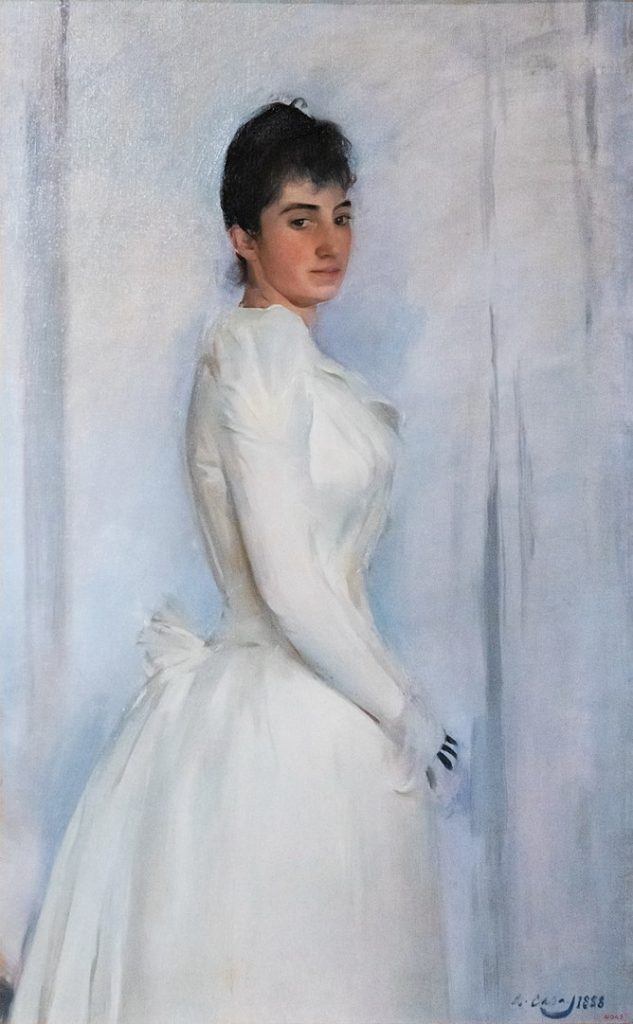
Casas began his artistic education at a young age and later studied at the Llotja School in Barcelona. His early works were influenced by the Realist style, but he soon embraced the modernist aesthetics of the late 19th and early 20th centuries.
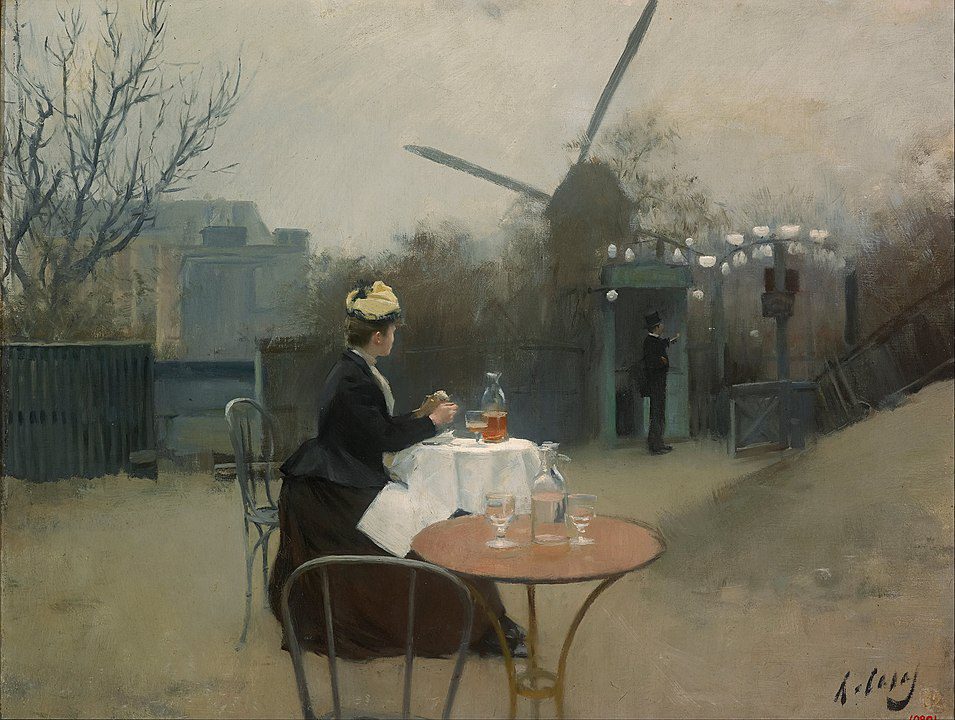
One of Casas’ notable contributions was his role in the formation of the modernist group Els Quatre Gats (The Four Cats), a meeting place for intellectuals and artists in Barcelona.
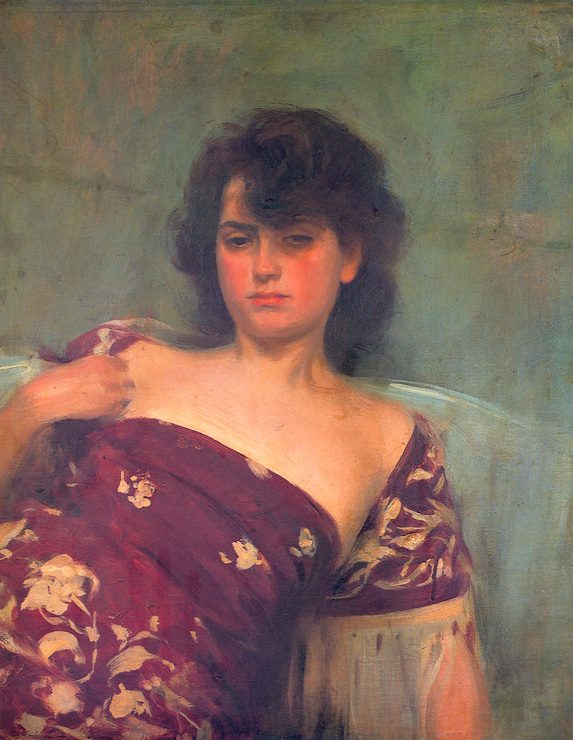
The café played a crucial role in the development of Modernisme and served as a hub for artists like Casas, Santiago Rusiñol, and Isidre Nonell.
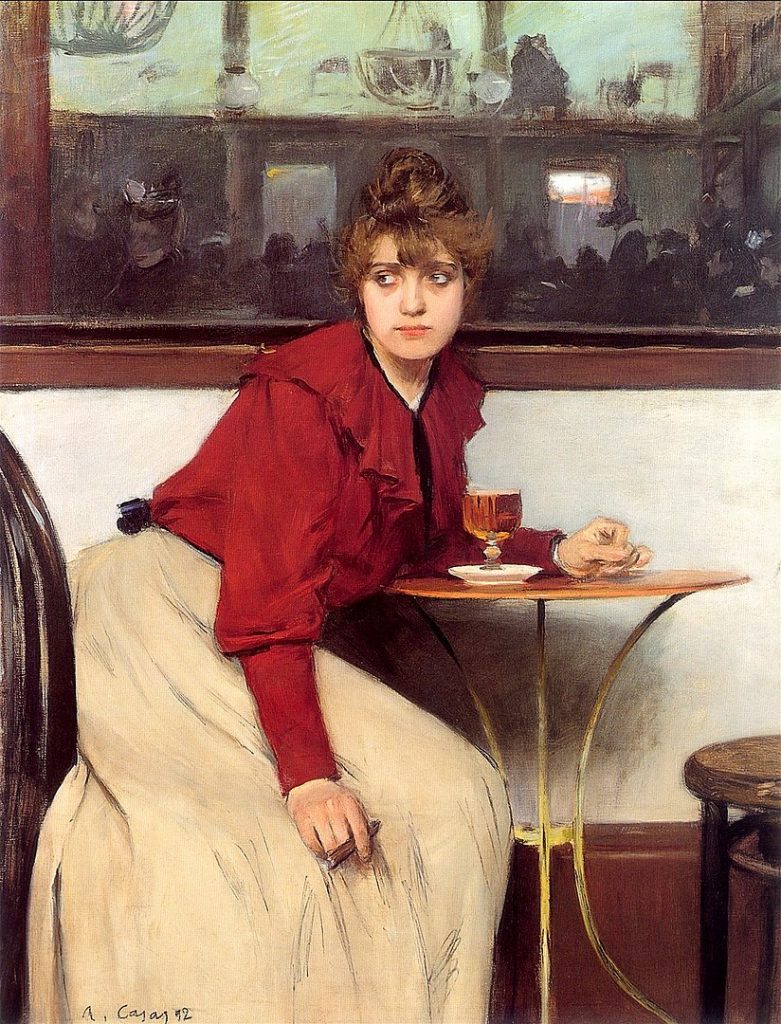
Casas was a versatile artist, known for his portraits, landscapes, and genre scenes. He gained recognition for his portraits of notable figures of his time, including intellectuals, politicians, and artists. His portraiture was characterized by a keen psychological insight into his subjects.
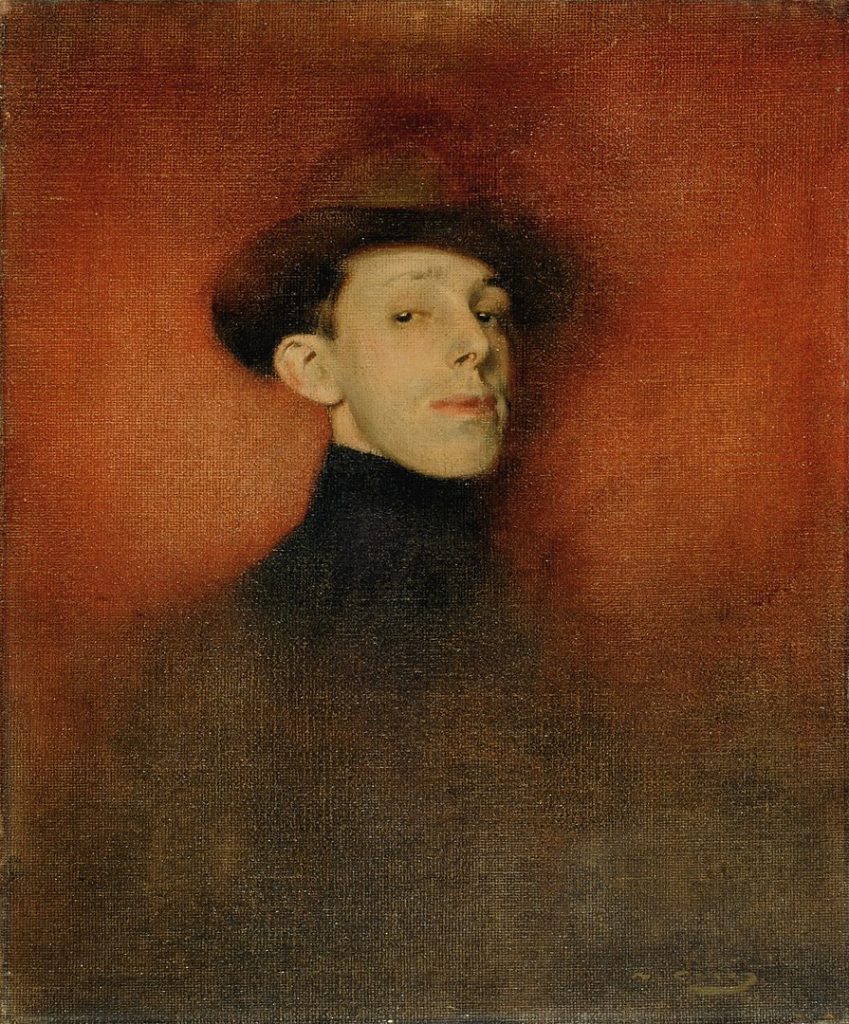
In addition to his paintings, Casas was also involved in graphic arts and illustration. He contributed to various publications, creating illustrations that reflected the artistic and cultural ideals of the Modernisme movement.
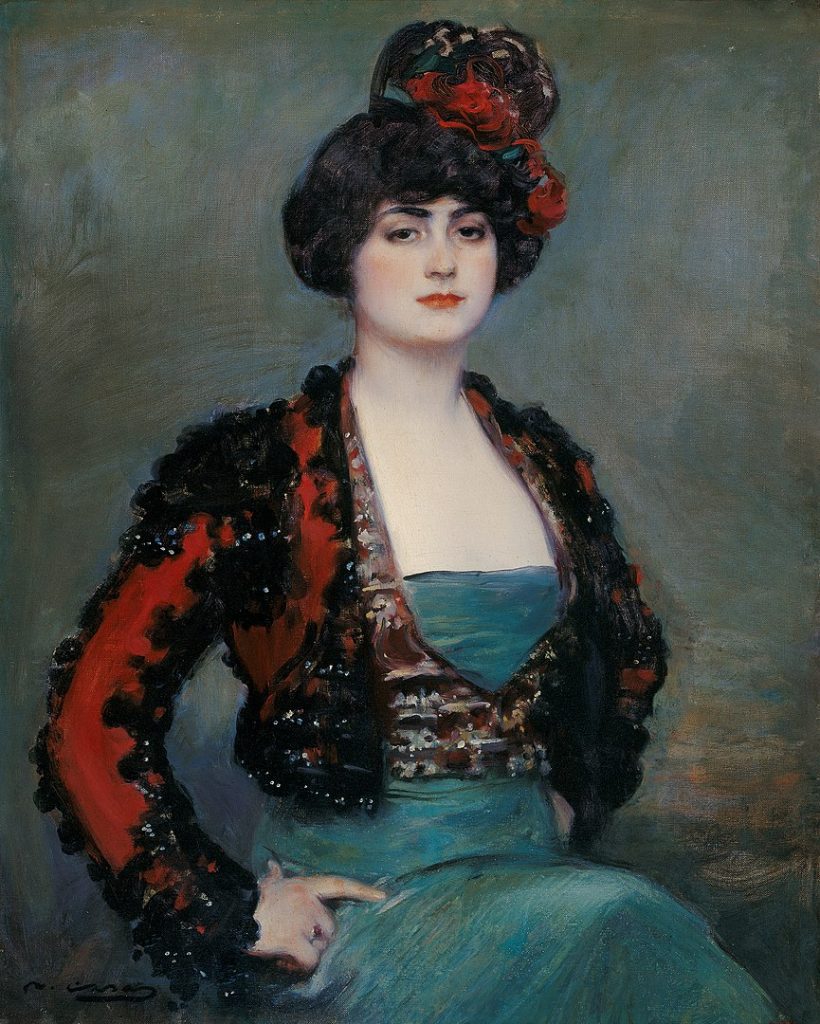
Ramon Casas’ legacy lives on in his contributions to the cultural and artistic development of Catalonia during the Modernisme period. His works are exhibited in museums and galleries, and his impact on the art world, particularly in the context of Catalan modernism, is widely acknowledged.


